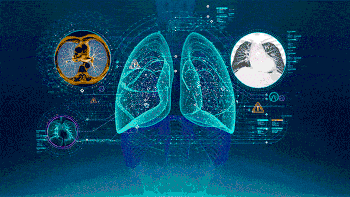Machine learning can provide significant value for money when used appropriately. However, the value provided by machine learning depends on the specific problem being addressed, the quality of the data used, and the expertise of the individuals implementing and using the technology.
For instance, if the problem being addressed is well-suited for machine learning, and there is a high-quality dataset available for training and validating the machine learning models, then the investment in machine learning can result in significant cost savings or revenue growth.
Examples of cost-saving applications of machine learning include fraud detection, predictive maintenance, and supply chain optimization. In these cases, machine learning algorithms can identify patterns and anomalies in large datasets that humans may not be able to detect, leading to improved efficiency and reduced costs.
On the other hand, if the problem being addressed is not well-suited for machine learning, or the quality of the data used is poor, then the investment in machine learning may not provide the expected return on investment.
Additionally, implementing and using machine learning technology requires expertise in data science, software engineering, and domain-specific knowledge. Organizations that lack these skills may struggle to realize the full potential of machine learning and may not see a significant return on their investment.
Therefore, it is essential to carefully evaluate the potential benefits and risks of implementing machine learning technology before investing significant resources in it. When used appropriately, machine learning can provide significant value for money and help organizations achieve their business objectives.



















